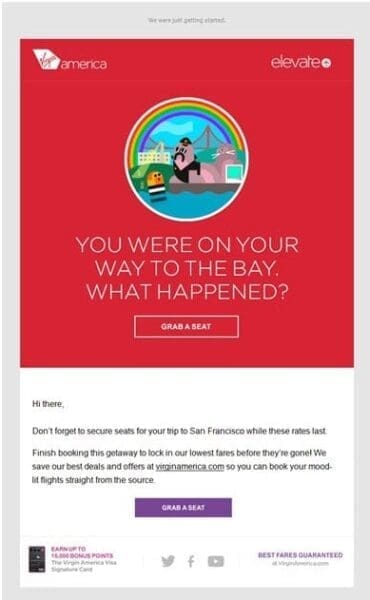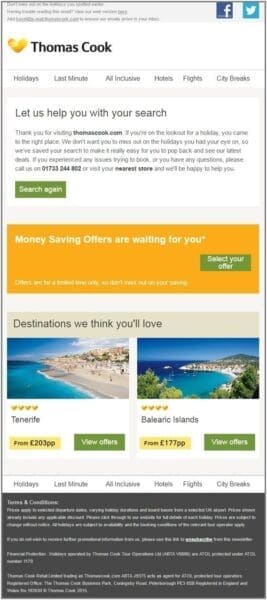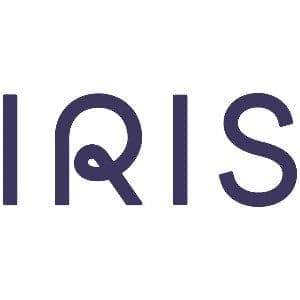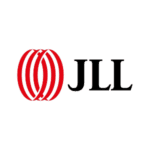![]() Email marketing is an important strategy for travel and hospitality brands. With high competition to get your travel marketing noticed online, nailing your email marketing strategy is a great alternative to paid channels and way to stay on top of customers’ mind. The best brands use the “owned” email marketing channel to engage with their audience and drive sales. Here are 5 tactics to up your travel email marketing.
Email marketing is an important strategy for travel and hospitality brands. With high competition to get your travel marketing noticed online, nailing your email marketing strategy is a great alternative to paid channels and way to stay on top of customers’ mind. The best brands use the “owned” email marketing channel to engage with their audience and drive sales. Here are 5 tactics to up your travel email marketing.
1) Set up an email marketing software kit that perfectly matches your brand
Before anything else, choosing the right email service provider (ESP) is crucial for success. When picking email marketing services for travel, check if they easily let you send, and work on the type of campaigns you are planning. The email marketing software should match your ambition.
For instance, if you are doing time-limited offers, A/B testing should be something that would be very easy to quickly set up and roll out the winning version to your email list automatically. If you are wondering what functionality comes with each type of campaign, the roadmap on Email Marketing in Travel and Hospitality does a good job explaining it.
Don’t be swayed by ESPs that have big logos on their site that is just on the outside and doesn’t provide real value. Similarly, while ESP’s can offer a lot of travel email newsletter templates, you will have to customize them anyway.
The features and services of an email marketing solution need to match with your ambition. Doing a full customer lifecycle program takes a lot more sophistication than a simple newsletter! Which brings us to the next related tactic.
2) Guide the purchase with email marketing
Every marketer will start by sending emails that tempt a subscriber to make a purchase. Email reminders and transactional emails guide the whole travel process. For instance, an airline could send a sequence like:
- Your flight leaves am tomorrow at X
- Be sure to check in online
- Places to check out at your destination (which is very rarely done)
- How was your stay/flight/room/trip?
But what comes after that? In the travel industry, the second biggest challenge is to keep in touch. Keep in touch and engage long enough to bridge the period to the next season, or when the purchase comes around.
3) Keep a focus on relationship building
After a first purchase or sign up, how do we keep the conversation going? Some examples:
- Engaging and well-written content to inspire travel and capture the daydreaming mode.
- Loyalty program and communication about others in the program
- Milestones, event and seasonal email campaigns.
All of these emails are there to build the relationship with your travel brand. Staying top of mind and move the email marketing dialogue forward.
They aren’t all direct sales emails, but they can certainly impact the customer lifetime value (CLV), of your customer and the overall revenue of your email program. Which in the end is what we are doing it all for. When booking time comes around, you want them to think of you, first.
So how do we create value during that time?
Lending from what is taught in the consulting business, we should highlight “the gap” more. The marketing philosophers note that everyone on Earth has a current situation or state. And no matter what that state of being looks like, part of being human is not being fully satisfied with the present situation.
Every human being on Earth desires to improve in some way… often in many different ways, shapes and forms. What this ultimately means is that every human on Earth has a current state of existence AND a desired state of existence, with a gap in between the two states.
You might say that people know instinctively that they want to be on vacation or travel, rather than be home. But that is not a given, and their motivations and rationalisations can be very different. Highlight the gap by saying things such as “See this beautiful beach? You could be here.”
So why is it so important to focus on retention? We have found that most Travel organisation still capture most of their new subscribers while they buy. So most of their email file consists of previous clients.
4) Abandoned Cart emails
According to research in travel, 81,7% of those who could have been your next client, abandon their cart. The more time and information a customer wants, the higher the abandonment rate. But it doesn’t mean they are lost forever.
The best travel email programs include a cart recovery email—or even better—a cart recovery sequence that has more than one email, even building it out to a recovery campaign which is also coordinated with re-targeting and other channels).
 Source and more Cart abandonment email design examples
Source and more Cart abandonment email design examples
Travel has a big advantage here. If someone has been looking through your offers or has done a search, you can easily turn the cart abandonment email into a service proposition. Where, for instance, you offer to help them with their search. This can also work perfectly with browse abandonment emails, as long you can identify the site visitor, follow up on them.
 Source: emailmonks
Source: emailmonks
5) Surprise them with a different format
Same old, same old. The worst thing you can do for engagement is to become repetitive and in turn, get boring. So a little twist or variation can make the whole thing much fresher and the format can bring that variation.
For instance, you have probably thought about using video in your email. Big brands do that and you have probably seen that before. Or a piece of interactive content in your mails—what is called reveal based marketing—that keeps just a bit more of a secret as to what EXACTLY the offer is. In the email, you can go the whole way and code an interactive email, but also suggest the interaction with animated gifs.
Conclusion
There is a lot to improve in travel email marketing, the email marketing channel should hold a special place in any travel brands’ marketing mix.


















